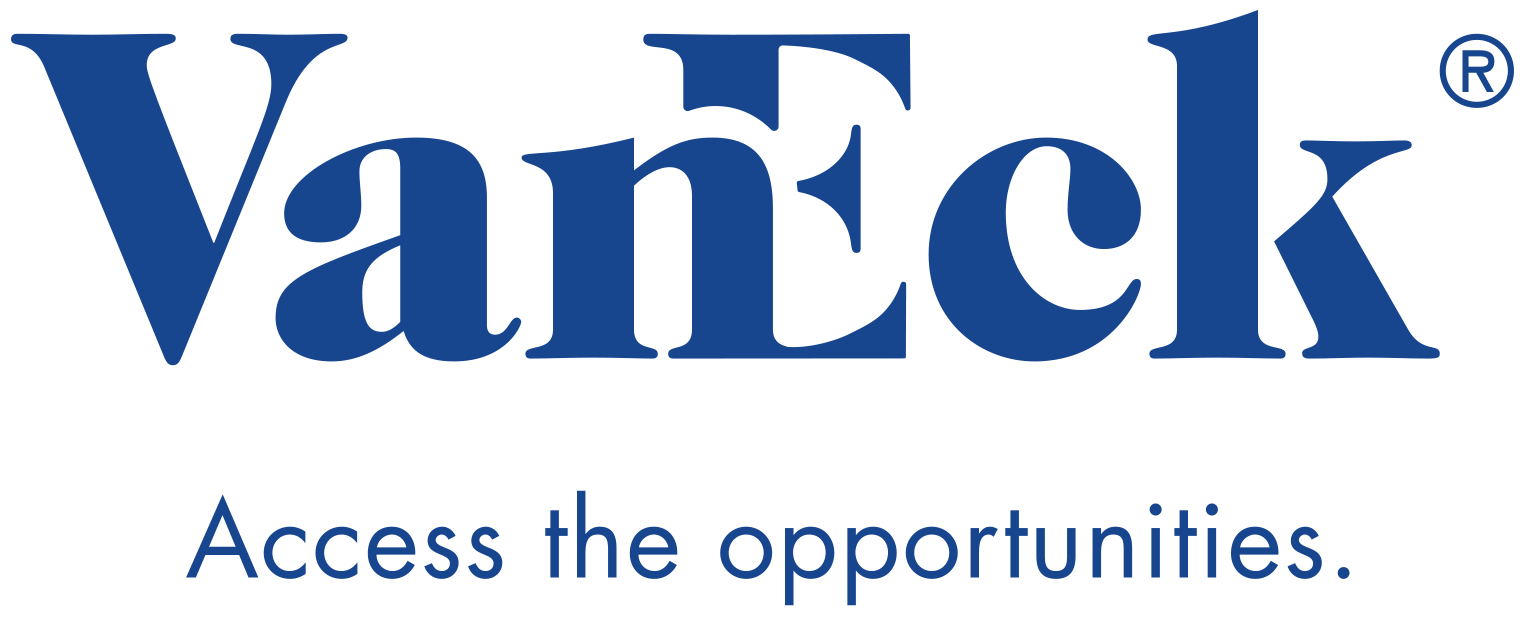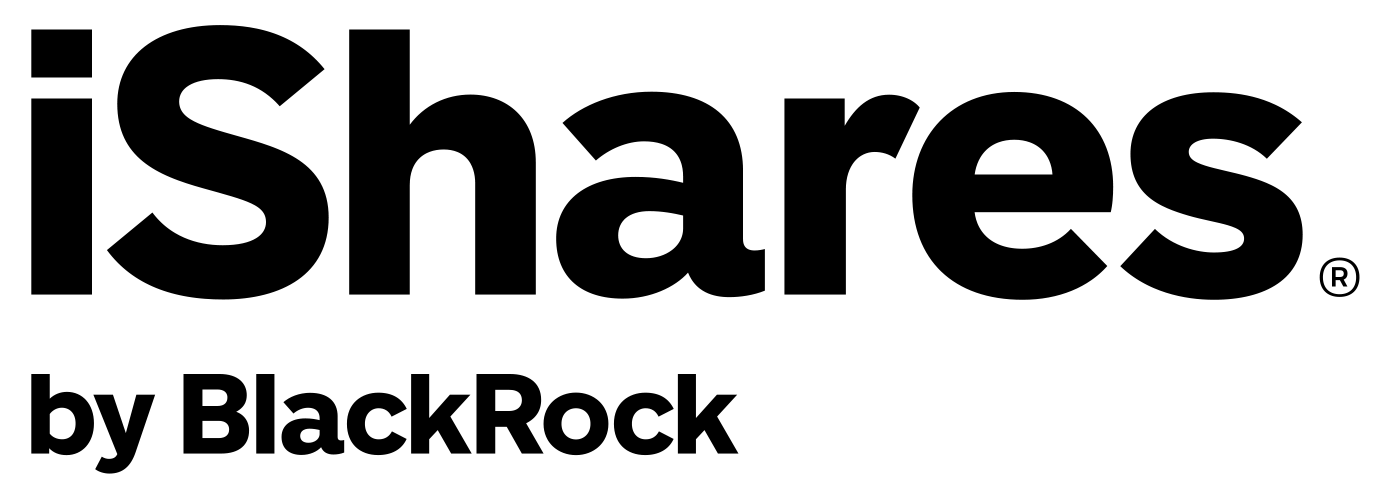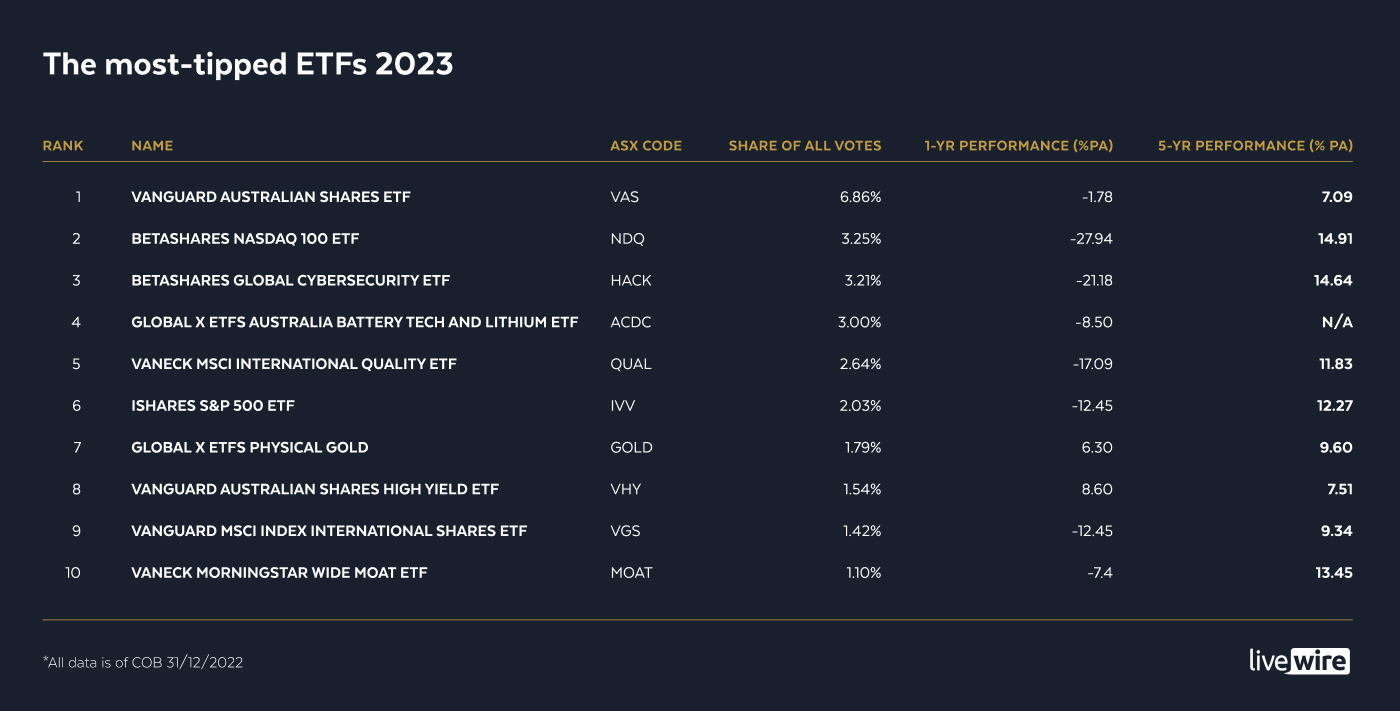The 10 most-tipped ETFs for the year ahead
Close to two-thirds of you are currently using ETFs or planning on using them according to the survey results. In keeping with the broader market where the bulk of ETF flows are directed towards global equities, Livewire readers have largely followed suit. Perhaps the only surprise was the lack of fixed-income assets on the list. Fixed income saw a 15.8% jump in flows across last year, according to the ASX's data.
International equities are overwhelmingly the name of the game, with Australian equities in second place. ETFs have been popular for international exposure as an efficient and often cost-effective way of broadening your portfolio outside of these borders – and the reporting certainly makes tax time a bit easier.
Some exposures focus on straight index replication (vanilla ETFs), while others are more tailored to access specific factors from an index (known as smart beta ETFs). In a challenging year for market indices, two ETFs even managed to offer a positive one-year return at the end of December 2022.
Please note: By publishing this list, we share information from the Livewire readership and we hope it inspires ideas for further research. This information is not, nor is it intended to be a set of recommendations. Please do your own research and seek advice from a professional. Past performance is not a reliable indicator of future return.
ETFs at a glance
- Two of the top 10 had positive 1-year returns.
- The best performer on a one-year basis was Vanguard Australian Shares High Yield ETF (ASX: VHY) achieving 8.60%.
- The average management cost was 0.35%, with the cheapest ETF at 0.04%.
- 70% of the selection were international ETFs.
- All of the selections were classified as passive ETFs, though arguably some smart-beta and thematic styles have an element of active investment to them.
#10 VanEck Morningstar Wide MOAT ETF (ASX: MOAT)
Some examples of holdings include Adobe Inc (NYSE: ADBE), The Boeing Company (NYSE: BA) and Biogen (NASDAQ: BIIB).
Around a third of the holdings are in the information technology sector which was hit hard across 2022 – but may fare better in 2023. MOAT has $469.7 million in assets under management.
MOAT has management fees of 0.49% and has had 1-year performance of -7.40% and 5-year returns of 13.45%.

#9 Vanguard MSCI Index International Shares ETF (ASX: VGS)
VGS offers exposure to global large-cap companies in major developed countries by tracking the MSCI World Index ex Australia. It currently holds 1,466 companies with just over 70% of these based in the USA. The largest sector allocation was directed to the information technology sector. This is a traditional broad-based index ETF.
Some examples of holdings include Apple (NASDAQ: AAPL), Microsoft (NYSE: MSFT) and Johnson & Johnson (NYSE: JNJ). Companies are weighted based on market capitalisation (largest holding = largest market cap).
VGS has around $5 billion in assets under management. Its management fees are 0.18% pa.
It has had 1-year performance of -12.45% and 5-year performance of 9.34% pa.

#8 Vanguard Australian Shares High Yield ETF (ASX: VHY)
Some examples of its holdings include BHP Group (ASX: BHP) and Macquarie Group (ASX: MQG).
VHY has $2.6 billion in funds under management. Its management fee is 0.25% pa.
It has had 1-year performance of 8.6% and 5-year performance of 7.51%. This places it as one of only two/three ETFs in the top 10 to have offered a positive return for 2022.

#7 Global X ETFs Physical Gold (ASX: GOLD)
GOLD aims to offer investors exposure to the performance of gold by investing in physical gold bullion. One unit represented 0.00898 fine troy ounce of physical gold as of 31 December 2022. Investors have a metal entitlement – meaning it is possible to redeem units for the underlying metal.
Unsurprisingly, GOLD has had a strong year given the strength of commodities and resources in 2022. It offered 1-year performance of 6.3% and 5-year performance of 9.6% pa.
#6 iShares S&P500 ETF (ASX: IVV)
IVV aims to offer investors exposure to 500 of the largest US companies by tracking the performance of the S&P 500 Index. This index is weighted by market capitalisation, meaning it is heavily weighted towards information technology. This is a traditional broad-based index ETF.
Some examples of holdings include Apple (NASDAQ: AAPL), Amazon (NASDAQ: AMZN) and ExxonMobile (NYSE: XOM).
IVV has $4.78 billion in assets under management. Its management fee is 0.04% pa, placing it as the lowest management fee in the top 10.
It offered 1-year performance of -12.45% and 5-year performance of 12.27% pa.

#5 VanEck MSCI International Quality ETF (ASX: QUAL)
It has 299 holdings and some examples include Microsoft (NYSE: MSFT), NVIDIA (NYSE: NVDA) and UnitedHealth Group (NASDAQ: UNH). The largest sector allocation is towards information technology, with the largest regional allocation tilted towards the USA at 74.1%.
QUAL has $3 billion in assets under management. Its management fee is 0.40% pa.
QUAL has had 1-year performance of -17.09% and 5-year performance of 11.83% pa.

#4 Global X ETFs Australia Battery Tech and Lithium ETF (ASX: ACDC)
ACDC offers exposure to companies across the lithium cycle, from mining and refining to battery production by tracking the performance of the Solactive Battery Value-Chain Index. This is a thematic style of ETF which have become more popular with investors over recent years as a way of accessing major global trends or industries. In this case, ACDC is working within the transition to clean energy via battery technology which is used for renewable energy storage, electric vehicles and mobile devices.
Some examples of holdings include Renault SA (EPA: RNO), Enersys (NASDAQ: ENS) and Sumitomo Electrics (TYO: 8053).
ACDC has $559 million in assets under management. It has management fees of 0.69% pa.
It had 1-year performance of -8.50%. It doesn’t have five-year numbers as its inception date was August 2018 so its performance since inception is 16.0% pa.
#3 BetaShares Global Cybersecurity ETF (ASX: HACK)
HACK offers exposure to current and future leading global cybersecurity companies by tracking the performance of the NASDAQ Consumer Technology Association Cybersecurity Index. This is also a thematic ETF accessing the substantial and growing need for cybersecurity investment in both public and private sectors. Those Australians affected by the Medibank or Optus hacking events last year might be more conscious of this than others.
Some examples of holdings include Infosys (NASDAQ: INFY), Cisco Systems (NASDAQ: CSCO) and Palo Alto Networks (NASDAQ: PANW).
Unsurprisingly, cybersecurity companies typically fall into the information technology sector which had a difficult 2022 but investment spend in this space is expected to be strong in coming years.
HACK has $588.9 million in assets under management. It has management fees of 0.57% pa and additional expenses of 0.10% pa.
It had 1-year performance of -21.18% and 5-year performance of 14.64% pa.

#2 BetaShares Nasdaq 100 ETF (ASX: NDQ)
NDQ offers exposure to 100 of the largest non-financial companies listed on the US-based NASDAQ index by tracking the performance of the NASDAQ-100 Index. The NASDAQ-100 is typically known for holding innovative tech-focused companies like Amazon (NASDAQ: AMZN) or Apple (NASDAQ: AAPL). Some investors have been known to treat the NASDAQ-100 interchangeably given these indices tend to be highly correlated.
NDQ has $2.39 billion in assets under management. It has management fees of 0.38% pa and additional costs capped at 0.10% pa.
NDQ had 1-year performance of -27.94% and 5-year performance of 14.91% pa.

And top of the pops….
#1 Vanguard Australian Shares ETF (ASX: VAS)
VAS offers exposure to ASX-listed companies and property trusts by tracking the performance of the S&P/ASX 300 Index. Holdings are weighted by market capitalisation and this ETF follows a broad-based index style. The largest sector allocations are to financials and materials. VAS is traditionally one of the most popular ETFs on the ASX.
Some examples of holdings include BHP Group (ASX: BHP), Commonwealth Bank of Australia (ASX: CBA) and CSL (ASX: CSL).
VAS has $11.78 billion in funds under management. Its management fees are 0.10% pa.
VAS had 1-year performance of -1.78% and 5-year performance of 7.09%.

The full list

Did your call make the Top 10 or were you surprised by the list?
Let us know in the comments below.
Catch the rest of our 2023 Outlook Series
Hit the ‘follow’ button below for other great content like this from our 2023 Outlook Series. Enjoy this wire? Hit the ‘like’ button to let us know or click the button below to view all the content on the dedicated landing page.
2 topics
28 stocks mentioned
10 funds mentioned



